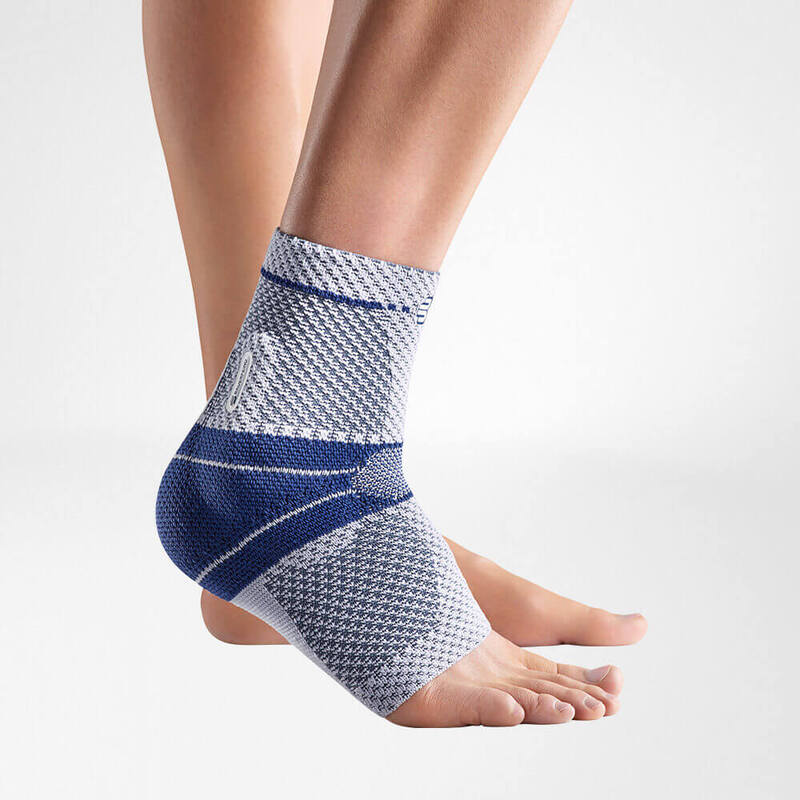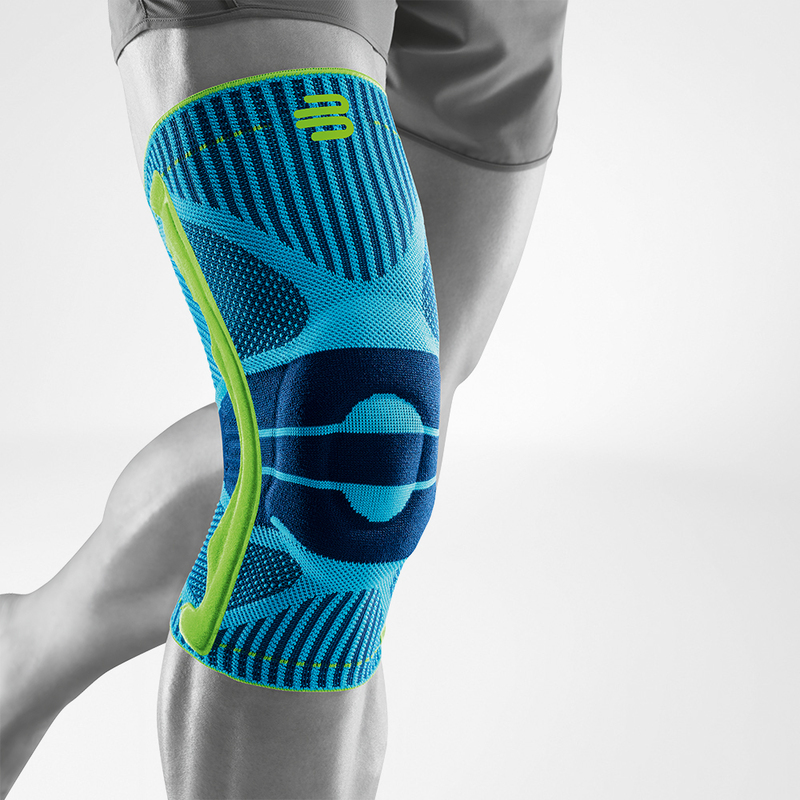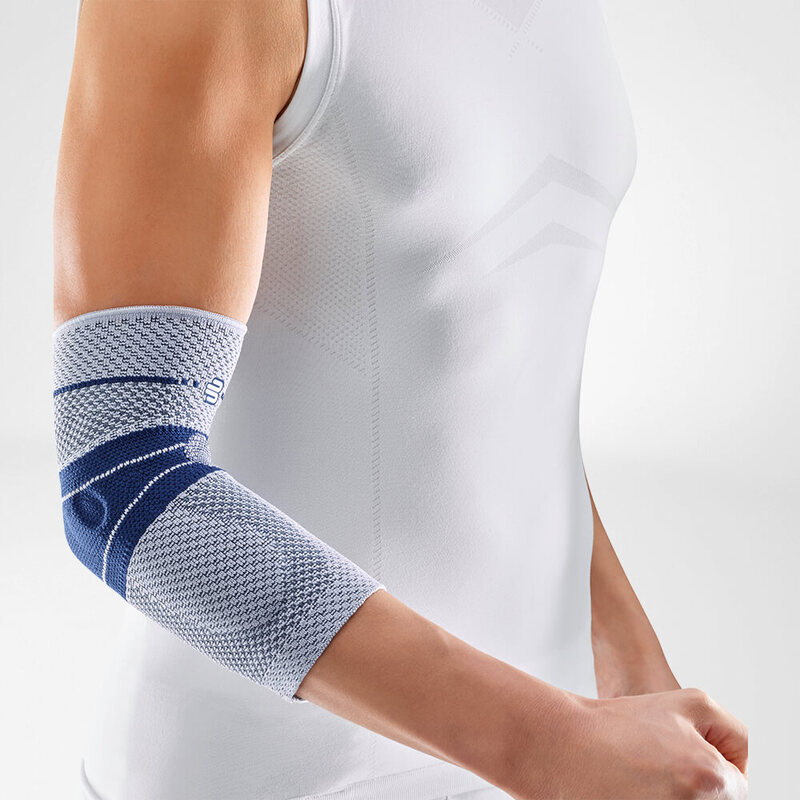Whether you’re new to skiing or snowboarding or are shifting from one to another, our guide walks you through all the gear you’d need.
Each winter season, millions of people venture out into the cold to enjoy the ice or slopes. While it’s a fun way to stay active, injuries in winter sports are fairly common, with the type and frequency varying by sport and experience level. Lower-extremity injuries, for example, are more common in skiing, while upper-extremity injuries are more common in snowboarding. The equipment and fall mechanisms you use also matter, so understanding what you can do to brace yourself against injury is a great first step to staying safe while on a snowboard or a pair of skis and skates.
In this guide, we’ll explain the common injuries associated with skiing, snowboarding and hockey, as well as offer various braces and supports to help protect yourself.
Common injuries in skiing
Regardless of your favorite style of skiing, injuries to both your lower and upper body can happen at any time. However, the most common injuries in skiers are lower-extremity injuries, specifically to the knee. This is because skiers have to frequently bend, twist and turn to maneuver their way down the mountain, and their equipment and overall stance put more stress on the lower body than other winter sports, such as snowboarding. Upper-extremity injuries to the head, shoulders, elbows, wrists and hands are also common for skiers.
Lower-extremity injuries:
- ACL injuries
- MCL injuries
- Meniscal injuries
- Midshaft tibia fractures
- Midshaft fibula fractures
Upper-extremity injuries:
- Concussions
- Clavicle fractures
- Proximal humerus (shoulder) fractures
- AC joint injuries
- Ulnar collateral ligament (UCL) strains and tears, also referred to as Skier’s thumb
How to limit the risk of injury?
Equipment enhancements have improved skier safety, but injuries still occur, as two to four skiers per 1,000 are injured on the slopes every day. Improving your stability, flexibility and balance by following a ski exercise routine can decrease your risk of injury while skiing. Wearing the proper equipment, such as a helmet and correctly fitting boots and binding, warming up before your first ride down the trail as well as knowing your limits can be the difference between a simple slide and a hapless injury. Using strapless ski poles can prevent a skier’s thumb injury during a fall.
Bauerfeind braces help protect and support your joints and are ideal for skiers who’ve experienced or are looking to prevent injuries or pain.
Bauerfeind braces and supports for common ski injuries:
Common injuries in snowboarding
Generally, experience is the largest factor in determining which injuries are the most common in snowboarding. Inexperienced snowboarders have a higher frequency of injuries than experienced ones, with the most common injuries being upper-extremity injuries. However, for experienced snowboarders, the most common injuries are lower-extremity injuries, as they are more likely to attempt twists, jumps and flips that put additional force on the lower body.
Common upper-extremity injuries:
- Distal radius (wrist) fractures
- Clavicle fractures
- Proximal humerus (shoulder) fractures
- Concussions
- AC joint injuries
Common lower-extremity injuries:
- Ankle sprains
- Fractures of the lateral process of the talus, also known as Snowboarder’s fracture
- Metatarsal fractures
- ACL injuries
- MCL injuries
How to limit the risk of injury?
Maintaining a good fitness level and wearing proper equipment will help lower the risk of injury. We recommend wearing a helmet, correctly fitting boots and bindings as well as a back protector and wrist guards. Wrist guards can be incorporated into or worn underneath gloves. Bauerfeind’s ManuLoc functions as a wrist guard to keep the wrist in a stable position while allowing normal gripping motion. How you fall is also important, so try to keep your arms as close to your body as possible. Use your forearms to break the fall with your hands in a fist position.
Bauerfeind braces for common snowboard injuries:

Supports the ankle and improves circulation for injury healing and pain relief
Common injuries in hockey
Hockey is one of the more fast-paced and physical winter sports, with athletes changing direction on the ice, making contact with each other and even the wall at high speeds that put them at risk of injury.
One study, using data from the International Ice Hockey Federation and Olympic Winter Games, found that between 14.2 and 16.3 athletes per 1000 experienced an injury. Body checking and stick and puck contact were the largest contributors, causing 60.7% of all injuries. Concussions are the most common hockey-related injury, with athletes also experiencing upper and lower body injuries as well.
Common upper-extremity injuries:
- AC joint injuries
- Glenohumeral (shoulder) joint injuries
- Wrist and hand injuries
- Lateral epicondylitis, also known as Tennis Elbow
Common lower-extremity injuries:
- MCL injuries
- Ankle sprains
- Thigh injuries
- Meniscal injuries
- ACL injuries
How to limit the risk of injury?
Wearing the appropriate equipment for each position is the easiest way to limit the risk of hockey-related injuries. Additionally, your hips, glutes, quadriceps and hamstrings are all heavily relied upon in hockey, so making the effort to stretch and strengthen each area during the offseason and before practice or games can also help to limit injuries. For athletes with a history of injuries, wearing a Bauerfeind brace or support can provide additional stability and improve circulation to reduce muscle and joint fatigue.











